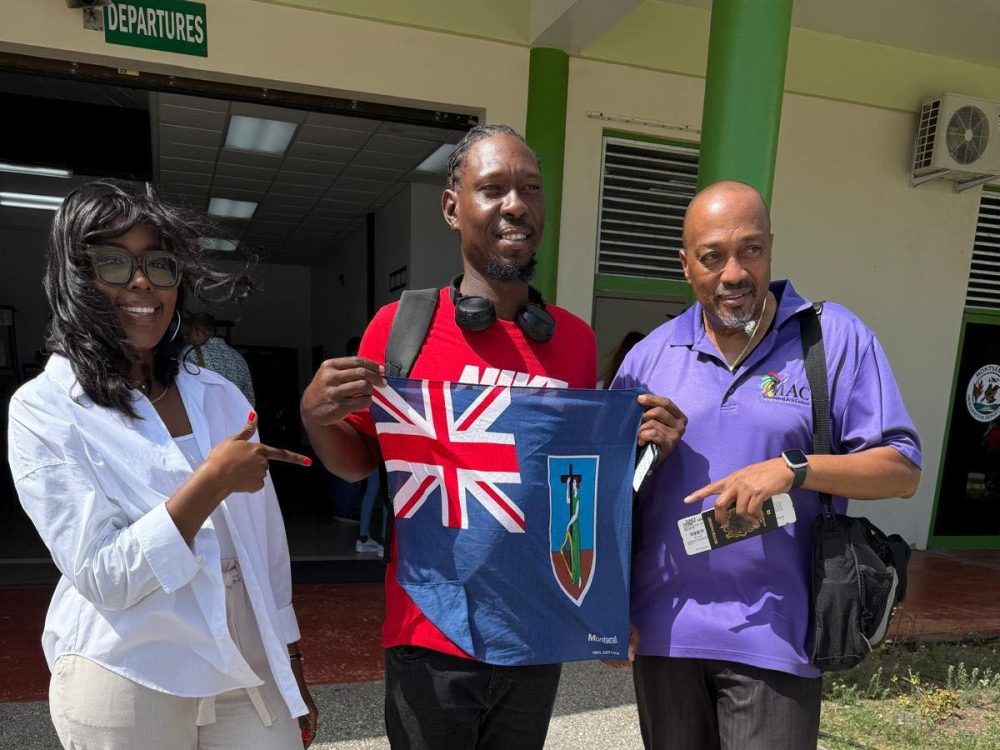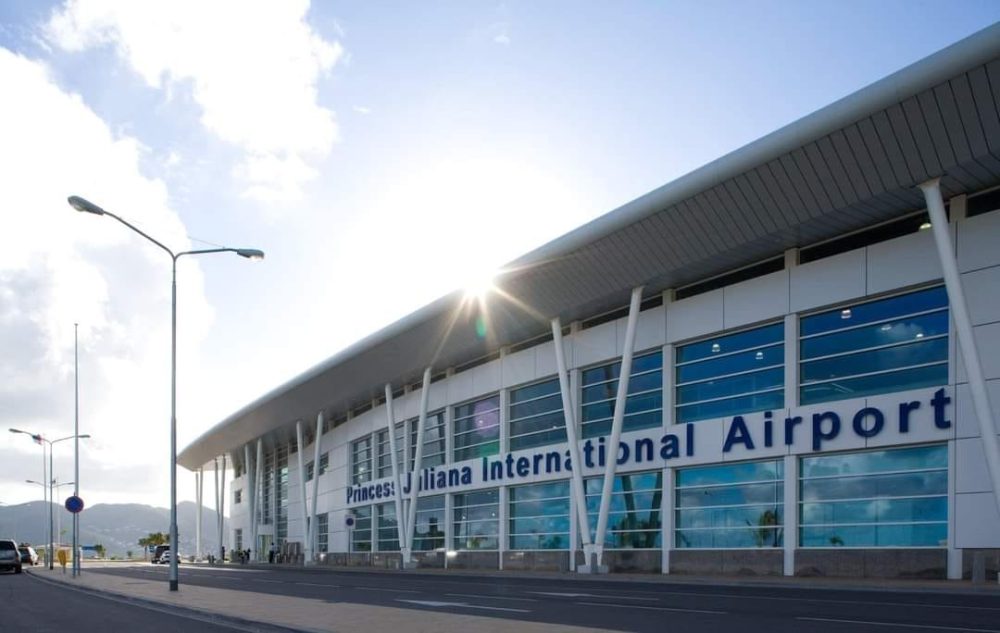The Montserrat Volcano Observatory released its 29th Scientific Advisory Committee (SAC) report this week.
SAC 29 was held November 25 to 29 at the observatory.
The report notes that activity at the Soufrière Hills Volcano has remained low and is broadly consistent with levels of unrest observed since 2019, with some changes in seismicity.

“The volcano has produced higher rates of volcano-tectonic earthquakes since around 2019, and this has been sustained over the last 12 months. A small number of these are more widely distributed around the volcano than has been observed in recent years. In addition, an increase in low frequency seismicity has been observed since June 2024 to levels not seen since 2012. Monitoring of ground deformation shows a continuation of the pattern of inflation observed over the last 14 years. The rate of inflation continues to gradually decrease. Measured SO2 fluxes have averaged ~250 tonnes per day over the last six months, a decrease from the previous year and slightly below the long-term average. Thermal camera images of fumaroles on the dome show a temperature range between 200 and 580 °C. Some fumaroles show a slight decline in temperature.
“Overall, the level of unrest at Soufriere Hills Volcano over the last 12 months has been low and broadly similar to last year, with some changes in seismicity. Based on previous restarts, we would expect a further increase in unrest prior to the resumption of any significant eruptive activity. The best overall explanation for this unrest is pressurisation of the magmatic reservoir at depth, possibly driven by a continued deep supply of magma and gas. However, slowing inflation since 2010 suggests a modest reduction in these deeper processes. SO2 flux has shown a decreasing trend in the last two to three years and there are indications of cooling in some fumarole temperatures. In other volcanic systems cooling and sealing of shallow degassing pathways has sometimes led to non-magmatic explosions.
The report concluded that “the volcano, with its large lava dome, is still a potential source of hazards within Zone V, including explosions, pyroclastic flows and lahars. Resumption of lava extrusion, or explosions, is still possible, however, the chance that explosions or pyroclastic flows will occur within the next year remains low. Continuous monitoring of the volcano is essential.”
The Scientific Advisory Committee (SAC) is commissioned by the Overseas Territories and Polar Directorate (OTPD) of the UK’s Foreign, Commonwealth and Development Office (FCDO). The SAC is responsible for assessing the scientific integrity of the work being carried out by the MVO.
Learn more about the work of the Montserrat Volcano Observatory and the Soufrière Hills Volcano here.
Discover more from Discover Montserrat
Subscribe to get the latest posts sent to your email.









